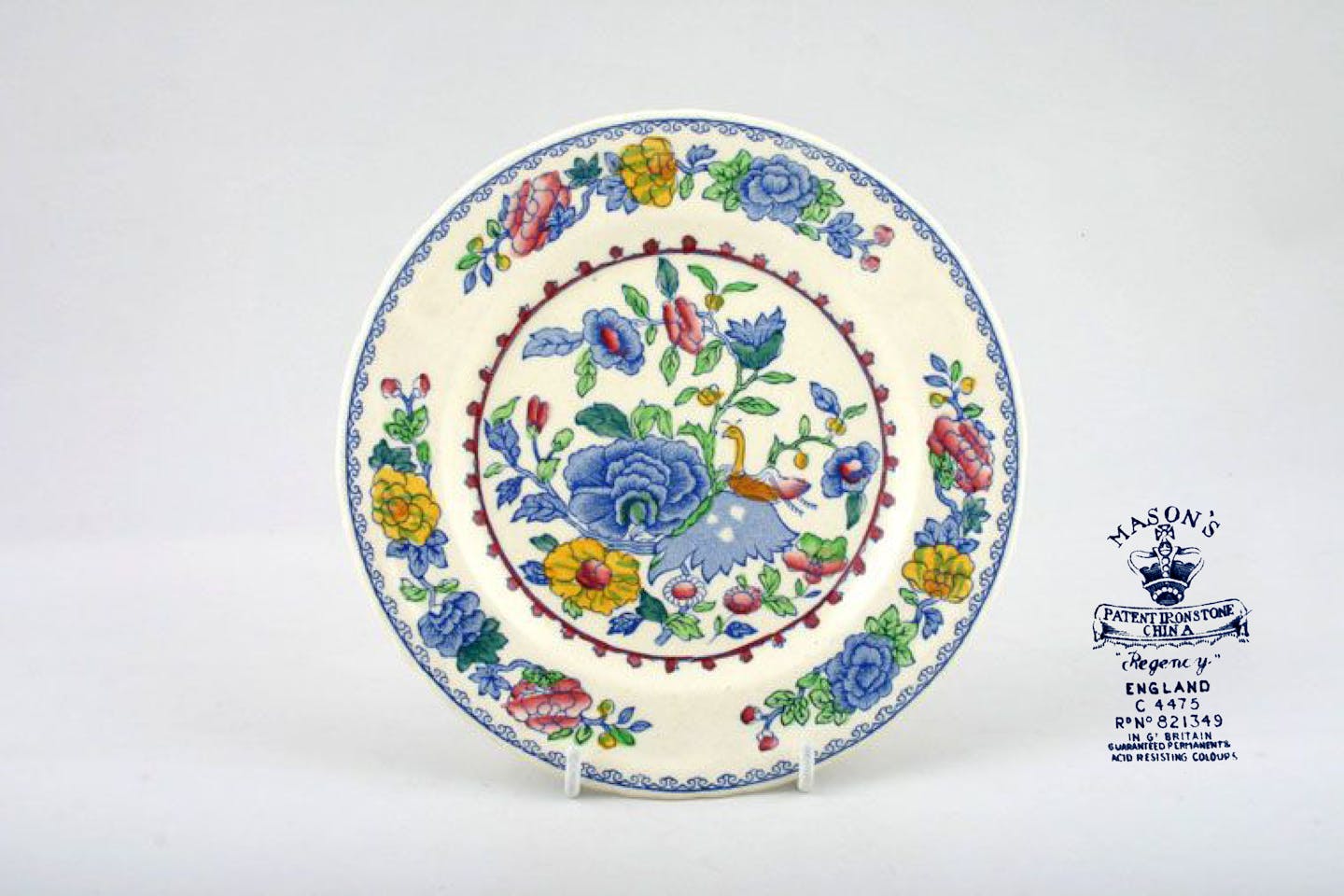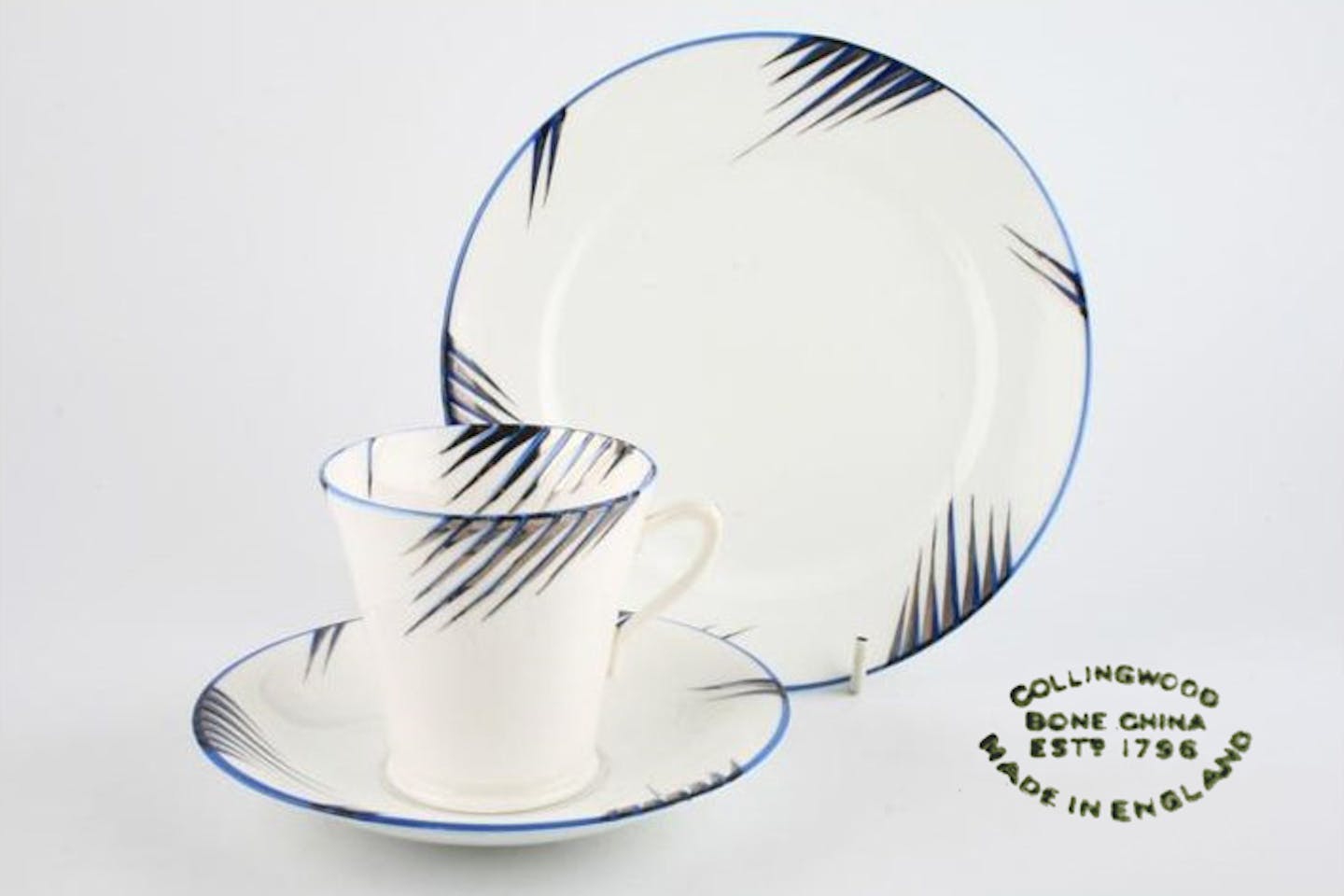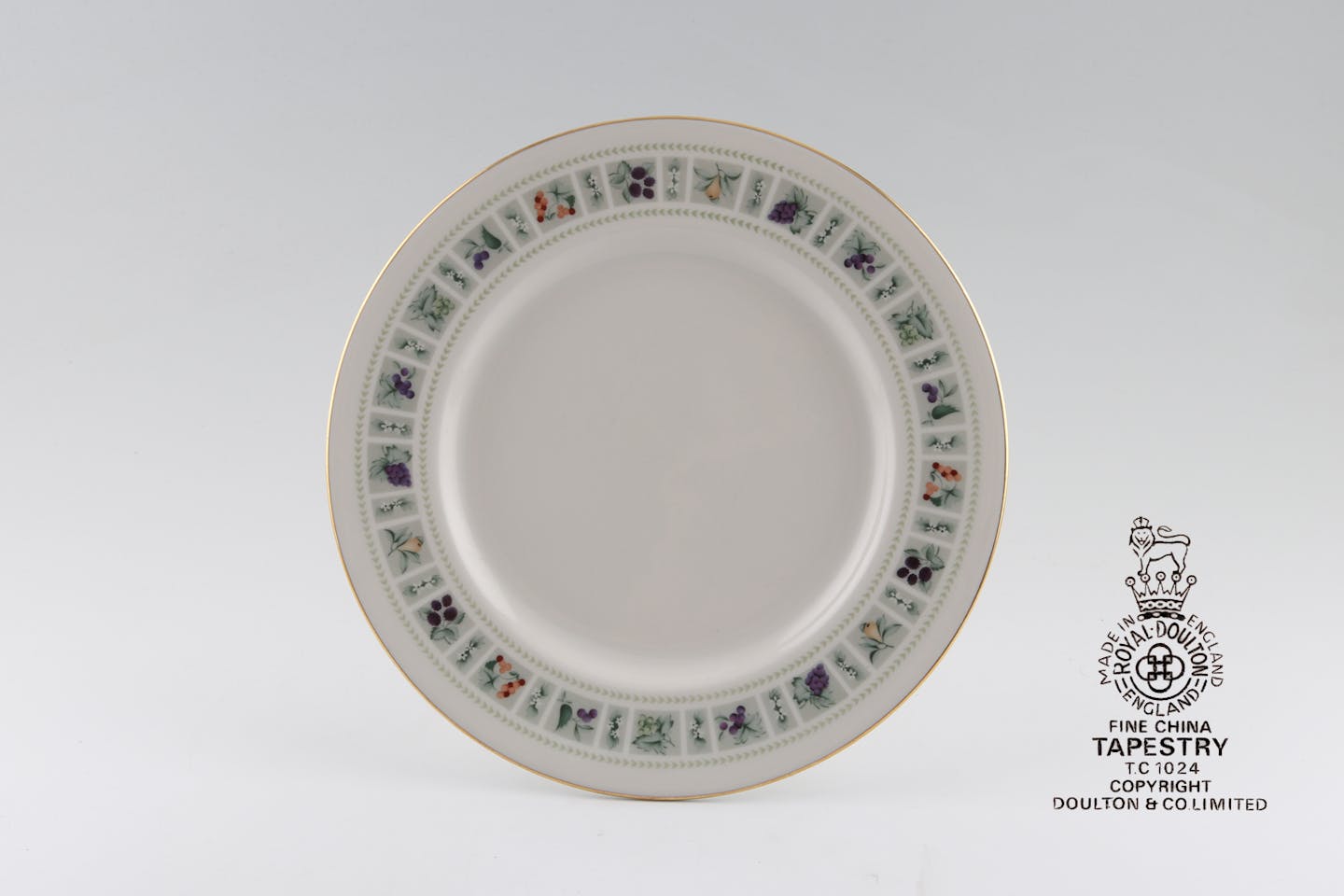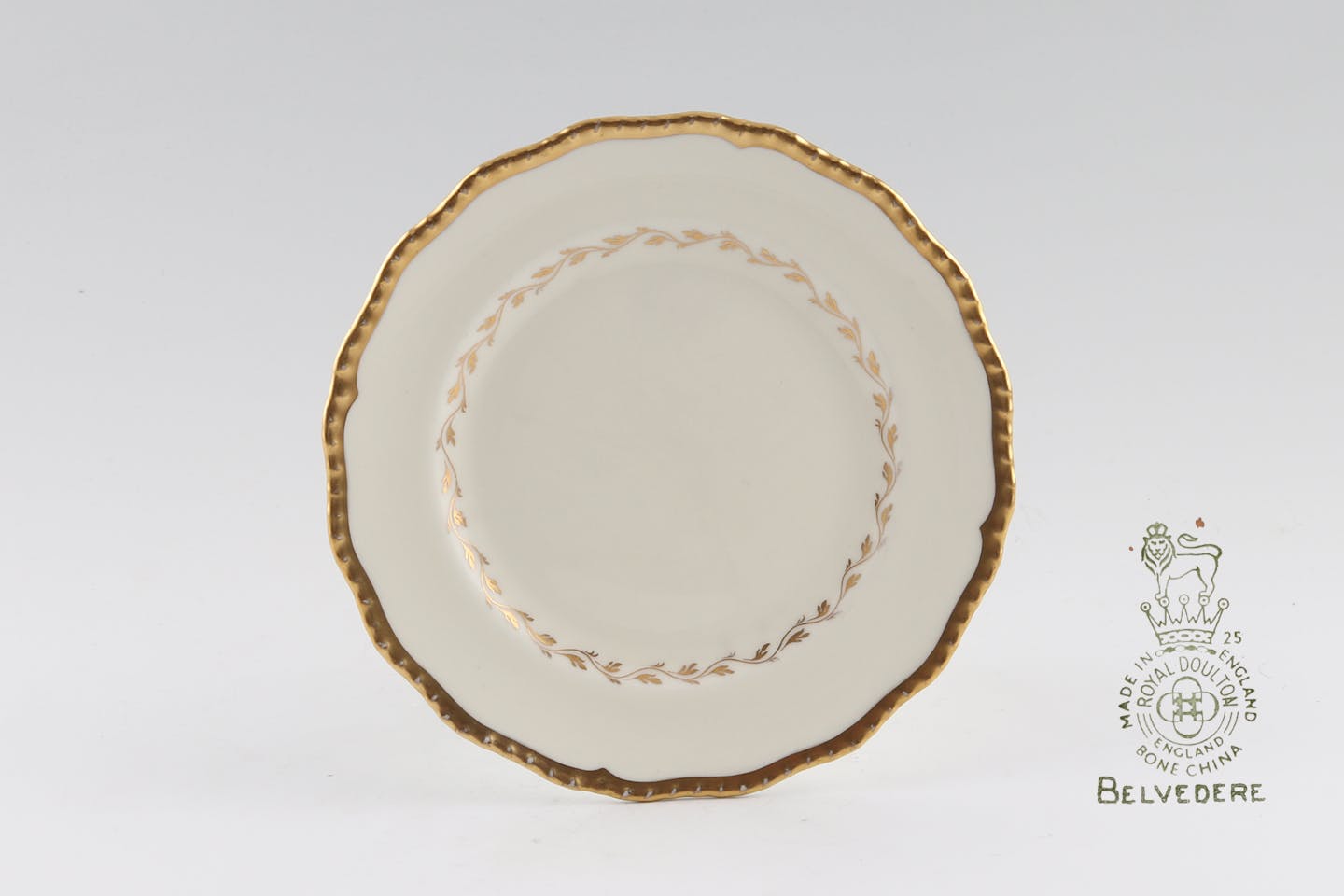Pattern Names and Numbers

When we think about china, we typically think of the name given to the pattern that decorates our favourite collection. Sometimes the pattern name becomes an important part of the overall picture, and definitely something we remember and can recall with ease. But naming patterns hasn’t always been the approach taken by china manufacturers, and this is why matching patterns produced before the 1960s (a time when allocating pattern names was not the norm) can be very difficult.
Early design registration
As the pottery trade grew in Great Britain, china patterns were regularly repeated, reissued and revised – and often copied by other makers. This is why, from 1842 to c.1960, many china patterns were registered with the British Patent Office and issued with a registration number, as a way to give some protection to the maker. More about how pattern numbers were allocated below.
Moving to pattern names and the very useful ‘backstamp’
At Chinasearch, the majority of our replacement china stock dates from no earlier than the 1960s, but on a few patterns we do see the registration number and, this with a little research, this can tell us the date the design was registered, but not necessarily the year the item was manufactured.

The design registration number on the back of Masons Regency dates the initial pattern registration to 1937.
Moving into more recent times and the maker’s mark – referred to as a ‘backstamp’ – gives us all the information we need to identify our china. This backstamp is made up of the brand mark (which often changes, and so can help with dating) and the pattern name, number or both.

Sometimes, on older sets from the early 20th century, there is nothing or just a brand mark and no pattern name. It could have worn off, but there’s also the possibility that it many never have been named or numbered in the first place. This is quite common on vintage teaware, possibly due to limited releases with just a few pieces and a short production run.
And today, although all of the new china we buy has a given pattern, manufacturers including Thomas and Denby don't include this on their backstamp.

Revealing a bit more…
Some backstamps tell us more. Royal Doulton, as an example, continued to include pattern numbers along with their pattern names until c.2000. This was helpful for many reasons: a pattern number tells us the material the piece is made from and helps to date it; it also helps with matching items from a particular era.
Pattern numbers are prefixed by a letter (or letters) to identify the material used and followed by four numbers. Royal Doulton Pastorale - H5002 - The prefix H was used for bone china from 1916 to c.1990. Here are some more examples from Royal Doulton.

Royal Doulton Tapestry - T.C.1024 - The prefix TC was used for English Fine Translucent China from 1960 to c.2000.

Royal Doulton Will O' The Wisp - L.S.1023 - The prefix LS was used for stoneware from 1978 to 1992.

Royal Doulton Belvedere - V1877 - The prefix V was used for bone china from 1928 to c.1951.

Royal Doulton Frost Pine - D6450 - The prefix D was used for earthenware from 1899 to c.1964.
We’ll always try to help match an item you’re looking to replace or add to your collection.
 GBP
GBP